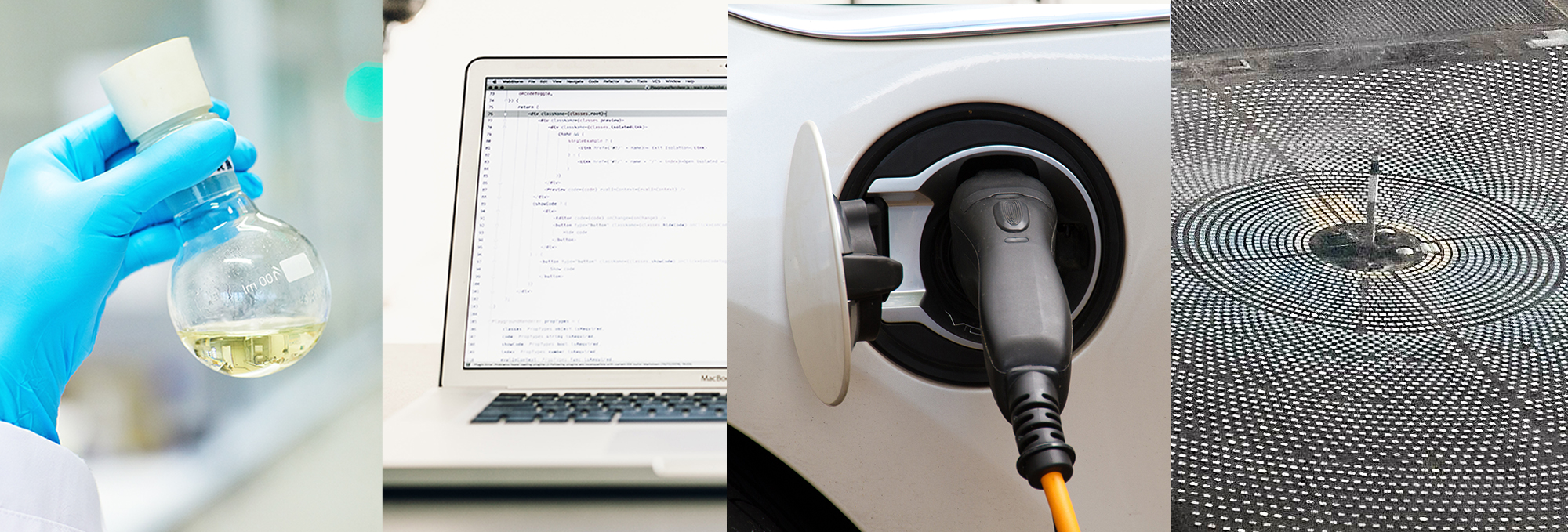Nagore Ortiz Vitoriano (CIC energiGUNE), Estibaliz García Gaitán (CIC energiGUNE), Maria Carmen Morant Miñana (CIC energiGUNE)
The high specific energy density of Zn–air batteries and their inherent safety and low cost make them one of the most promising next-generation batteries. However, different issues limit the industrial applicability of these type of batteries. As an example, the performance of the battery is directly affected by the ionic conductivity of the electrolyte and its interfacial properties with respect to the anode and the cathode. It is therefore of outmost importance to develop new electrolyte materials that help minimizing these issues.
Researchers at CIC energiGUNE have developed a gel electrolyte based on a polysaccharide network that possesses excellent mechanical and transport (i.e., conductivity) properties which are capable of avoiding penetrations and leakages of the electrolyte through the porous air cathode, as well as suppressing dendrite formation, hydrogen evolution, shape change, and surface passivation; ultimately enabling levels of zinc utilization approaching 100%.
Business Development Manager businessdev@cicenergigune.com P: +34 945 297108
Montserrat Galceran (CIC energiGUNE), Montse Casas-Cabanas (CIC energiGUNE), Michel Armand (CIC energiGUNE), Teófilo Rojo (CIC energiGUNE), Abdelbast Guerfi (Hydro Quebec) and Karim Zaghib (Hydro Quebec)

If you want to know the latest trends in energy storage and new developments in research, subscribe.

If you want to join a top-level team, collaborate with specialists in multiple disciplines or tell us about your concerns, don't think twice...